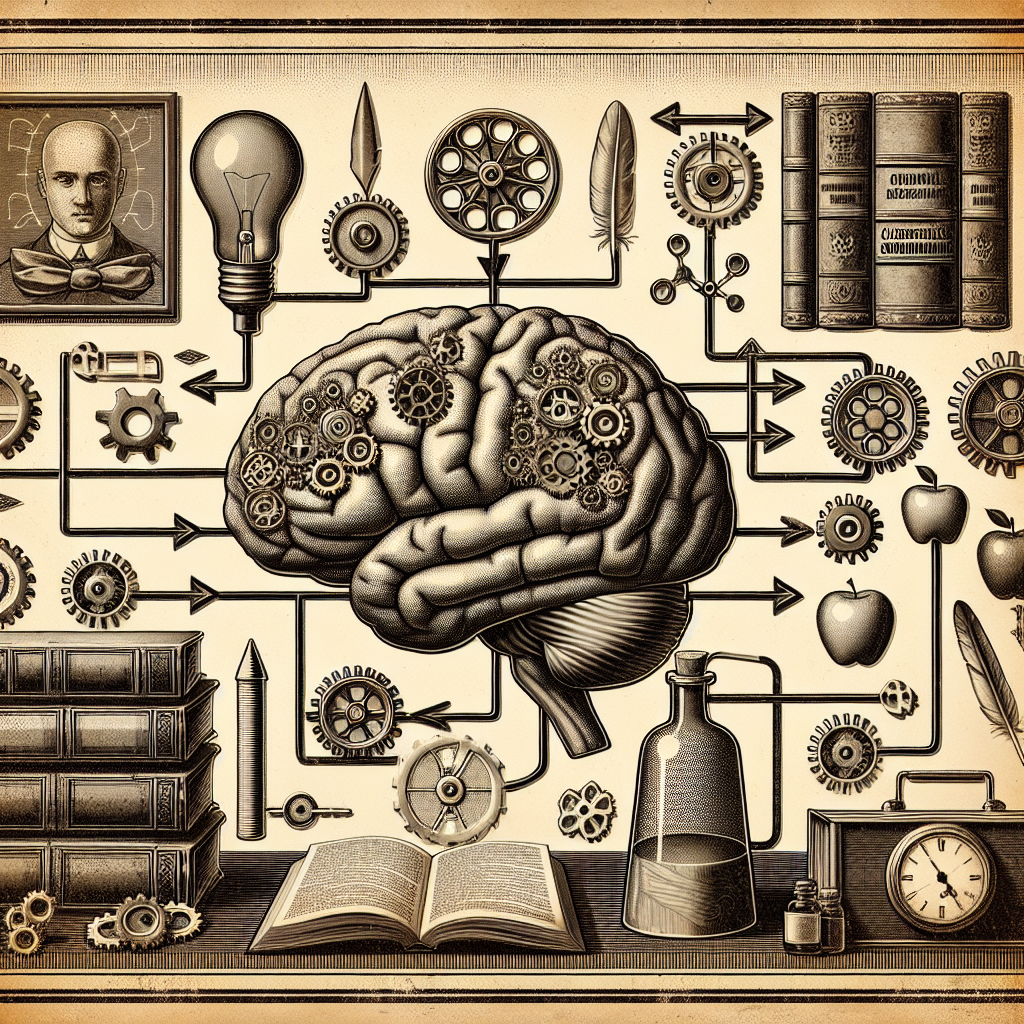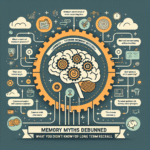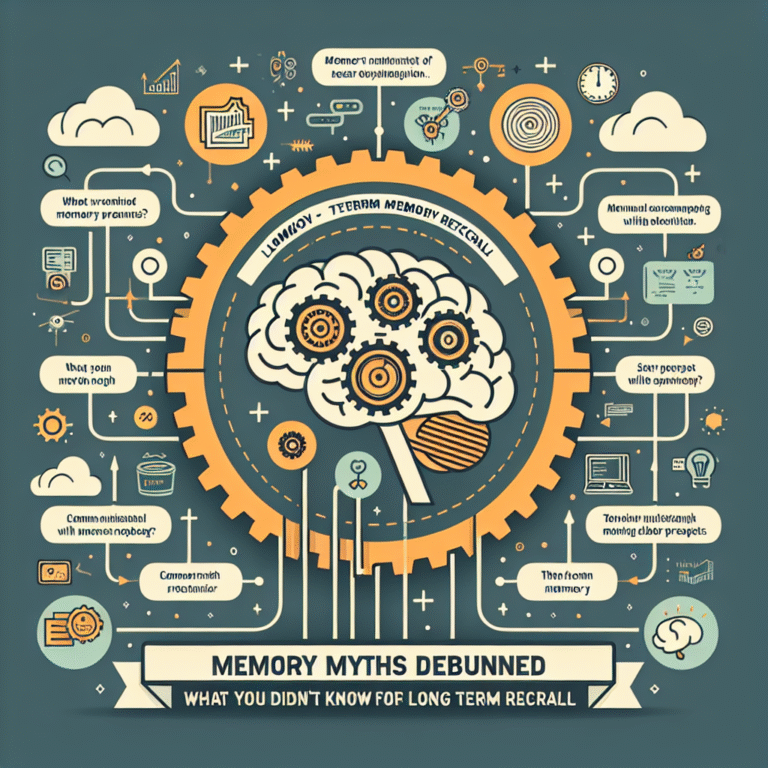
Introduction
Have you ever felt a sudden surge of nostalgia when you heard a specific song that reminded you of your high school prom? Or perhaps you’ve found yourself feeling anxious when you step into a dentist’s office, even before the procedure begins? These emotional responses can be traced back to a psychological phenomenon known as classical conditioning. Understanding it is not just an academic exercise—it has real-world applications that can improve our lives, shape behavior, and influence various fields, from therapy to marketing. This article aims to illuminate the intricacies of classical conditioning, providing you with a rich understanding of its principles and practical applications.
What is Classical Conditioning?
Classical conditioning is a learning process first described by Ivan Pavlov, a Russian physiologist, in the early 20th century. It involves forming associations between a neutral stimulus and an unconditioned stimulus, leading to a conditioned response. To break it down:
- Unconditioned Stimulus (US): A stimulus that naturally and automatically triggers a response. For example, food.
- Unconditioned Response (UR): The natural response to the unconditioned stimulus. In Pavlov’s experiments, the dog’s salivation when presented with food.
- Conditioned Stimulus (CS): A previously neutral stimulus that, after being paired with the unconditioned stimulus, begins to trigger a conditioned response. Pavlov used a bell as the CS.
- Conditioned Response (CR): The learned response to the conditioned stimulus. In this case, salivation in response to the bell after sufficient pairings.
The Historic Pavlov Experiment
Pavlov’s experiments were groundbreaking. He discovered that dogs would not only salivate when they tasted food (the unconditioned stimulus) but also when they heard the sound of a bell (the conditioned stimulus) that had been associated with the food. This pivotal experiment laid the foundation for understanding classical conditioning and showcased its potential implications in real-world behavior.
Table 1: Key Elements of Classical Conditioning
| Term | Definition | Example |
|---|---|---|
| Unconditioned Stimulus (US) | A stimulus that triggers a natural response | Food |
| Unconditioned Response (UR) | The natural reaction to the US | Salivation when seeing food |
| Conditioned Stimulus (CS) | A neutral stimulus paired with the US | Bell (previously neutral) |
| Conditioned Response (CR) | The learned reaction to the CS | Salivation when hearing the bell |
Key Principles of Classical Conditioning
1. Acquisition
Acquisition refers to the initial stage of learning when a response is first established. In the context of classical conditioning, this involves repeatedly pairing the conditioned stimulus with the unconditioned stimulus until the conditioned response is established.
Case Study: Pet Training
Dog trainers often use classical conditioning to teach commands. For instance, a trainer will say "sit" (CS) while gently pressing the dog’s hindquarters down (US) until the dog learns to associate the command with the action of sitting (CR).
2. Extinction
Extinction occurs when the conditioned response gradually weakens and eventually disappears when the conditioned stimulus is presented without the unconditioned stimulus. This can happen if the bell keeps ringing but no food is provided.
Case Study: Relapse in Addiction
In addiction therapy, classical conditioning principles can explain why a recovered addict may relapse. If they revisit places associated with their drug use (CS) without partaking in the drug (US), they might feel cravings (CR) that arise from previous associations.
3. Spontaneous Recovery
Spontaneous recovery is the re-emergence of a previously extinguished conditioned response after a rest period. Essentially, after a period of not hearing the bell, if the dog is exposed to it again, it may salivate once more, showcasing the resilience of learned behaviors.
Case Study: Phobia Resurfacing
Individuals who undergo exposure therapy to overcome specific phobias might find their fears resurface after some time—illustrating spontaneous recovery. The learned association between fear and the phobic object or situation sometimes reasserts itself.
4. Generalization
Generalization refers to the tendency for the conditioned response to be elicited by stimuli that are similar to the conditioned stimulus. For example, if a dog salivates to a bell, it might also salivate to a door chime or a similar sound.
Case Study: Brand Loyalty
In marketing, advertisers leverage generalization by associating their product with positively viewed images or sounds, effectively leading consumers to develop a preference based on similar cues, even if the stimuli are not directly linked to the product.
5. Discrimination
Discrimination is the process of learning to differentiate between similar stimuli and respond only to the conditioned stimulus. A well-trained dog that salivates to a specific bell may not react to other sounds.
Case Study: Selective Learning in Education
Classroom environments often employ discrimination. For instance, students learn to differentiate between similar mathematical problems and respond appropriately according to the instructions given, thus refining their problem-solving skills.
Practical Applications of Classical Conditioning
1. Behavioral Therapy
Classical conditioning lays the groundwork for various therapeutic techniques, especially in behavior modification. Therapists utilize these principles to help clients overcome fears, anxieties, and other maladaptive behaviors. This includes exposure therapy, where clients are gradually exposed to the source of their phobia in a controlled environment.
2. Advertising and Marketing
Marketers use classical conditioning to establish emotional connections between their products and positive experiences. By pairing products with pleasurable stimuli—like happy music or enjoyable visuals—they create a positive association in the consumer’s mind.
3. Education
In educational settings, classical conditioning can assist in reinforcing desirable behaviors among students. For example, educators can use praise (US) to evoke a smile (UR) in students whenever they participate (CS), reinforcing the behavior with positive reinforcement over time.
4. Animal Training
As discussed earlier, animal trainers harness classical conditioning to instill desired behaviors in pets. Repeated pairing of a command with a reward gradually helps animals learn to perform tasks in response to verbal cues.
5. Health and Wellness
Classical conditioning principles can be beneficial in fostering healthy habits. For example, associating a particular routine (like a workout) with enjoying a certain meal afterward can help reinforce the behavior over time.
Table 2: Applications of Classical Conditioning
| Field | Application | Example |
|---|---|---|
| Behavioral Therapy | Overcoming fears through exposure | Phobia treatment |
| Marketing | Creating positive associations | Ads pairing products with joy |
| Education | Reinforcing positive behaviors | Praises for participation |
| Animal Training | Teaching commands and tricks | Dogs responding to "sit" |
| Health and Wellness | Fostering healthy routines | Associating gym with post-workout snacks |
Conclusion
Breaking down classical conditioning: the key principles and their applications encompass a profound understanding of how learned behaviors shape our everyday experiences. From therapy and education to marketing and pet training, the influence of classical conditioning is ubiquitous and vital. Recognizing these principles offers not just insight into human and animal behavior but practical tools that can lead to meaningful change in various aspects of life.
Whether you’re a student of psychology, a marketing professional, a teacher, or simply curious about why you respond to certain situations the way you do, understanding these mechanisms can empower you. The next time you feel a sudden rush of emotion or an instinctive reaction to a stimulus, reflect on the power of conditioning at play.
FAQs
1. What is an example of classical conditioning in daily life?
A common example is developing a fear of dogs after being bitten by one. The sight of any dog (CS) may trigger anxiety (CR) due to the past experience (US).
2. How can classical conditioning be used to help with anxiety?
Therapists can use exposure therapy, where patients are gradually exposed to their fears in a controlled way, helping reduce the conditioned response over time.
3. Can classical conditioning affect consumer behavior?
Yes! Ads often use imagery and sounds to create positive associations with products, influencing purchasing decisions based on emotional responses rather than rational choice.
4. Is classical conditioning the same as operant conditioning?
No, classical conditioning involves associating two stimuli to elicit a response, while operant conditioning focuses on using reinforcement or punishment to increase or decrease voluntary behaviors.
5. Can classical conditioning be unlearned?
Yes, through extinction. By repeatedly presenting the conditioned stimulus without the unconditioned stimulus, the conditioned responses can eventually diminish.
As we unravel the layers of classical conditioning, it becomes evident that the principles are all around us, shaping our experiences and interactions. Understanding this can lead to more mindful living and intentional changes in behavior, positively impacting our lives.














